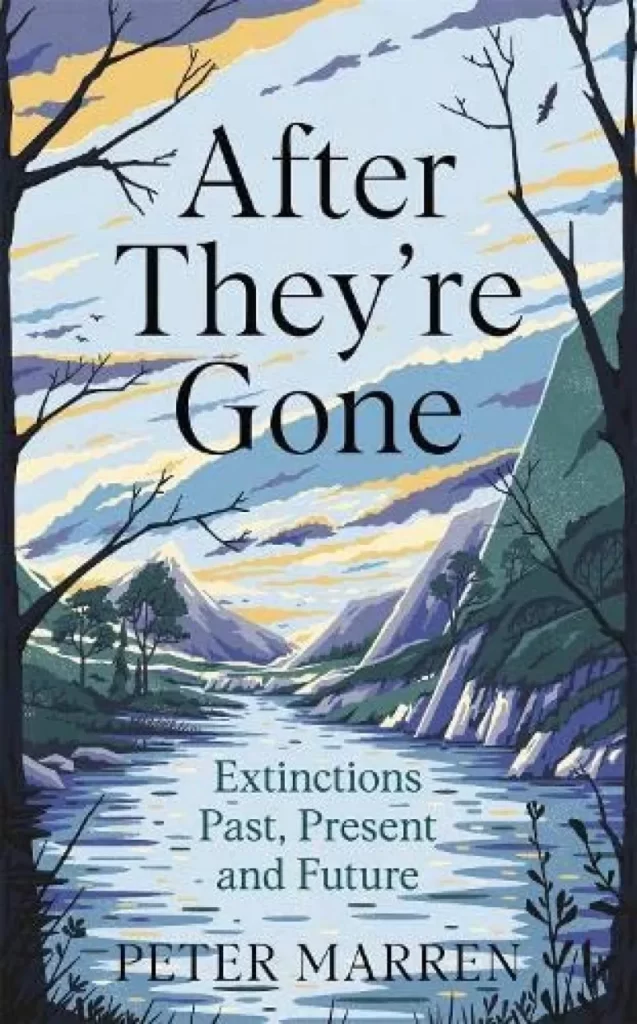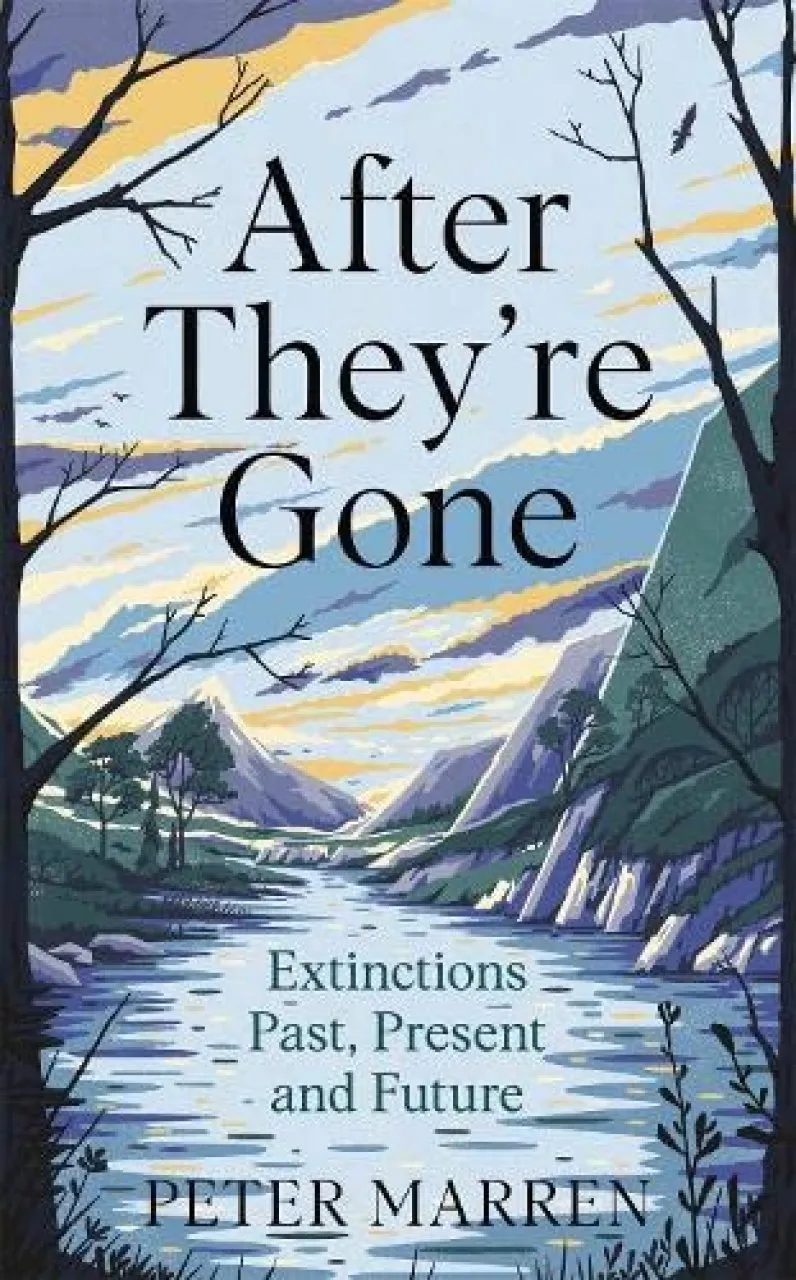After They’re Gone reminds us that environmental change is constant, and sometimes dramatic enough to wipe out millions of species. Five Mass Extinctions have already happened. The fourth cleared the way for the rise of the dinosaurs; the next, 67 million years ago, saw them obliterated.
Ideally it requires several tens of millions of years between extinction events for life to be fully rebooted. The point of the book’s opening chapter is not to say that extinction is normal, get over it; rather that the Sixth Mass Extinction is not at all normal. It was caused by one among the global community of species, a uniquely self-destructive ape.
Africa, where our species originates, had, until recently, got off lightly, probably because the megafauna that we evolved alongside learned not to trust us. In the Americas, in contrast, the arrival about 22,000 years ago of a relatively small number of people saw off most of the region’s largest animals, who were too tame for their own good.
So 21st-century humankind did not cause the Sixth Mass Extinction, nor did we invent the industrial manufacturing, farming and commodity production that have been speeding it up. But, finally justifying our self-identity as sapiens, we are the ones who understand what our predecessors bequeathed us and can choose to mitigate or worsen their legacy.
Vital historical and pre-historical context make up about a third of After They’re Gone, so a lot of narrative ground is covered in a pacy and entertaining way. New Zealand has seen waves of extinction linked first to the arrival of the first nations (including the loss of the moas – giant, flightless birds), then to European settlement and hence direct habitat loss, invasive species, livestock impacts and deliberate introductions of species from the motherland. Madagascar is a cradle of speciation, long detached from any continent and human-free until only 2,000 years ago. It has since lost all its large animals and between 17 and 40 species of lemur.
There is a short essay updating the stories of 50 species, first told in 1963 on the backs of Brooke Bond tea cards. Marren reckons that 28 have seen their fortunes improve, including the Whooping Crane and the Nene goose. The Ivory-billed Woodpecker is among eight species that are worse off: officially extinct in this case.
A central chapter focuses on the UK, addressing both global extinctions of British wildlife and extirpations of species that persist elsewhere. While ultimate failure is a species vanishing for ever, everywhere, in human terms extinction is also about loss of diversity and quality, which can be felt locally every day: the extinction of experience. That is not the central message of this book, but global extinction has to start somewhere, and that starting point is often more personal than the endpoint.
Self-evidently, no author can write much about extinct species from direct experience, so this book differs from Marren’s excellent Rainbow Dust and other recent work. The most personal and impassioned chapter is the dark penultimate one, titled Rebellion. It is followed, tellingly, by the shortest, whose title is Islands of Hope. Eighteen pages offer – somewhat perfunctorily – a selection of possible technological solutions followed by a message that appears to say ‘let’s not worry about something we can’t change, but enjoy what we’ve got’. I don’t think that’s what this stalwart campaigner really believes, though, so perhaps I’ve misread it. With time running out to stem the losses, this book is a vital reminder of – or lesson on – the depth and urgency of the extinction crisis. It stops short of setting out a reform agenda or synthesising solutions.


